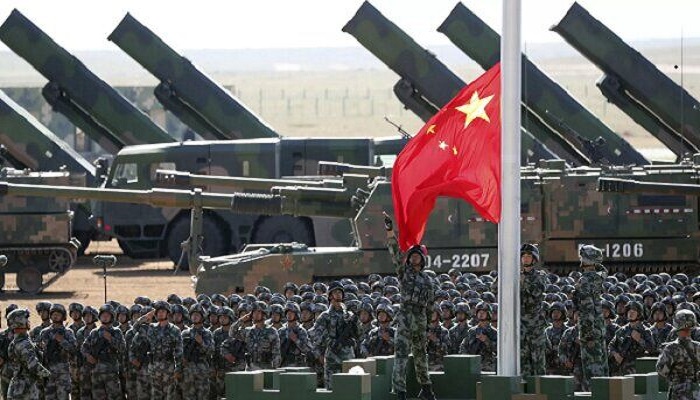PNN – The South China Morning Post quoted analysts as saying: The wave of changes in China’s military command is part of a concerted effort by the country’s leadership to reorganize the military structure, consolidate political loyalty, and accelerate the process of defense modernization ahead of the country’s upcoming Communist Party Congress.
According to the report of Pakistan News Network, this Hong Kong publication: As part of Chinese President Xi Jinping’s structural reform and anti-corruption drive, several senior Chinese military commanders have been removed from their positions, including former Chinese defense ministers Li Shangfu and Wei Fenghe.
These developments, which have taken place at the highest levels of China’s Central Military Commission, have been interpreted by observers as part of Beijing’s effort to increase efficiency, transparency, and political loyalty in the military structure.
Also, over the past two years, Miao Hua, head of the Army’s Political Affairs Department and member of the Central Military Commission, and Li Shangfu, two key members of the Central Military Commission, have been targeted by anti-corruption investigations, and another member has disappeared from public view.
However, analysts emphasize that these measures are not a sign of Xi’s weakening control over the military, but rather a means to consolidate his position and implement broader military reforms.
Accordingly, Xi is using anti-corruption campaigns to both remove ineffective or independent-minded figures from the command ranks and pave the way for the promotion of those loyal to him. This process, especially in the run-up to the 21st Communist Party Congress, could play a decisive role in determining the future composition of the Central Military Commission and the balance of power in the military.
Other political and military experts also believe that competition among senior commanders for promotion to higher levels ahead of the next Communist Party Congress could also play a role in intensifying these investigations. At the same time, the Chinese military continues its training programs, regional exercises, and weapons modernization.
According to the report, the dismissal or removal of some figures from the command structure could further heat up the competitive atmosphere within the army, especially as many senior officers are trying to present themselves as a reliable option for higher levels by demonstrating complete loyalty and tangible results in the field of training and combat readiness.
From the perspective of these analysts, this process not only does not slow down the pace of military modernization, but may also increase motivation among commanders and accelerate the implementation of structural reforms.
This Hong Kong publication, citing its experts, adds that the continued modernization of the Chinese military and the strengthening of the command structure could send clear messages to Beijing’s strategic rivals at the regional level.
According to reports, regular drills in the Taiwan Strait, a strong naval presence in the South China Sea, and the strengthening of missile and space capabilities all indicate that the Chinese military is seriously pursuing its geopolitical goals, even amid domestic changes.
Experts believe that these developments may, on the one hand, increase psychological pressure on Taiwan and its Western allies, and on the other hand, convey the message that Beijing is ready to confront any external challenge as it strengthens its military power.
Despite the changes at the top of the command, there is no sign of a military retreat or a reduction in focus on strategic areas. In fact, many analysts believe that Xi is trying to build an army that is not only loyal, but also flexible, capable, and ready to play an active role in the regional balance of power.

